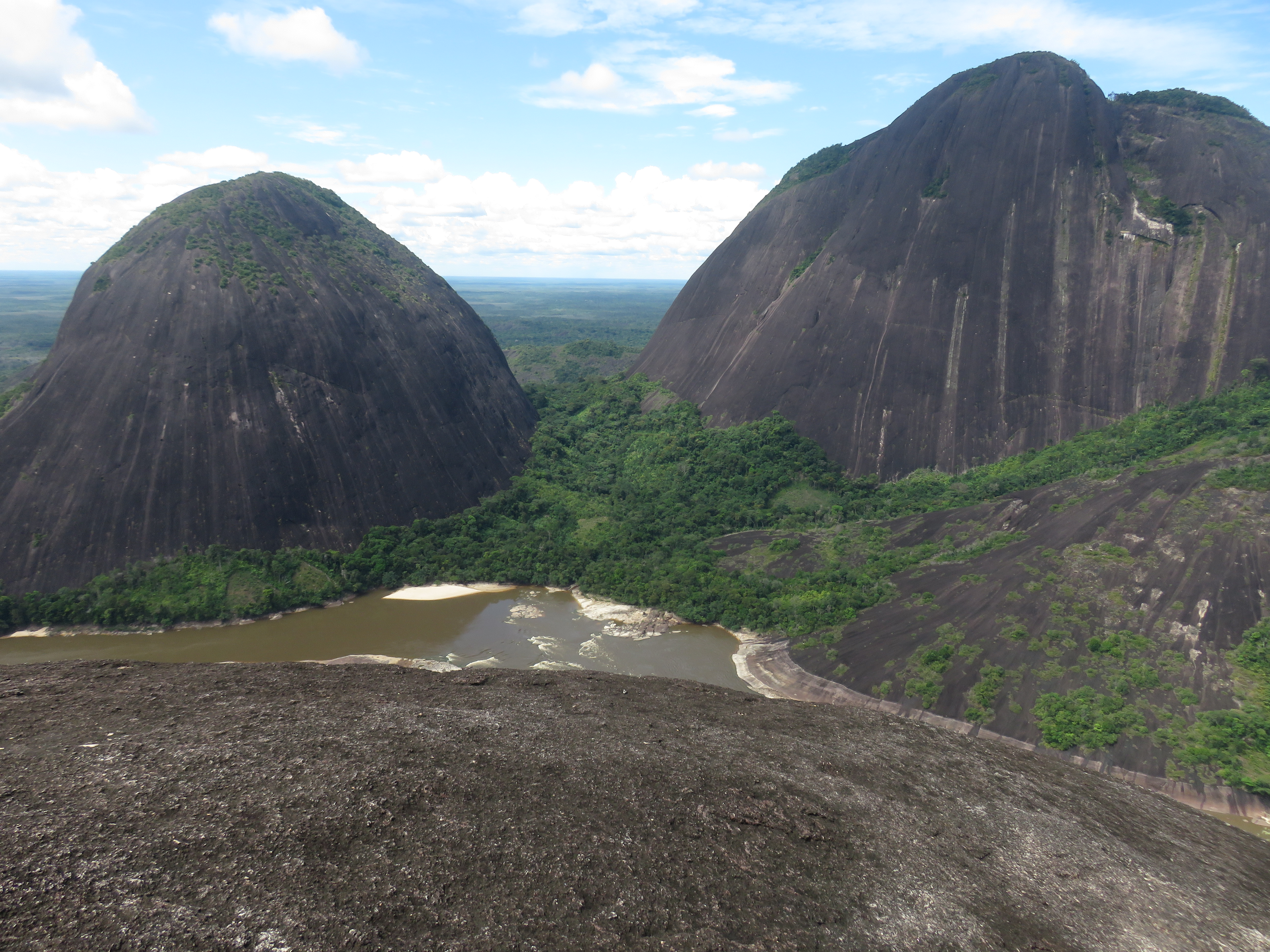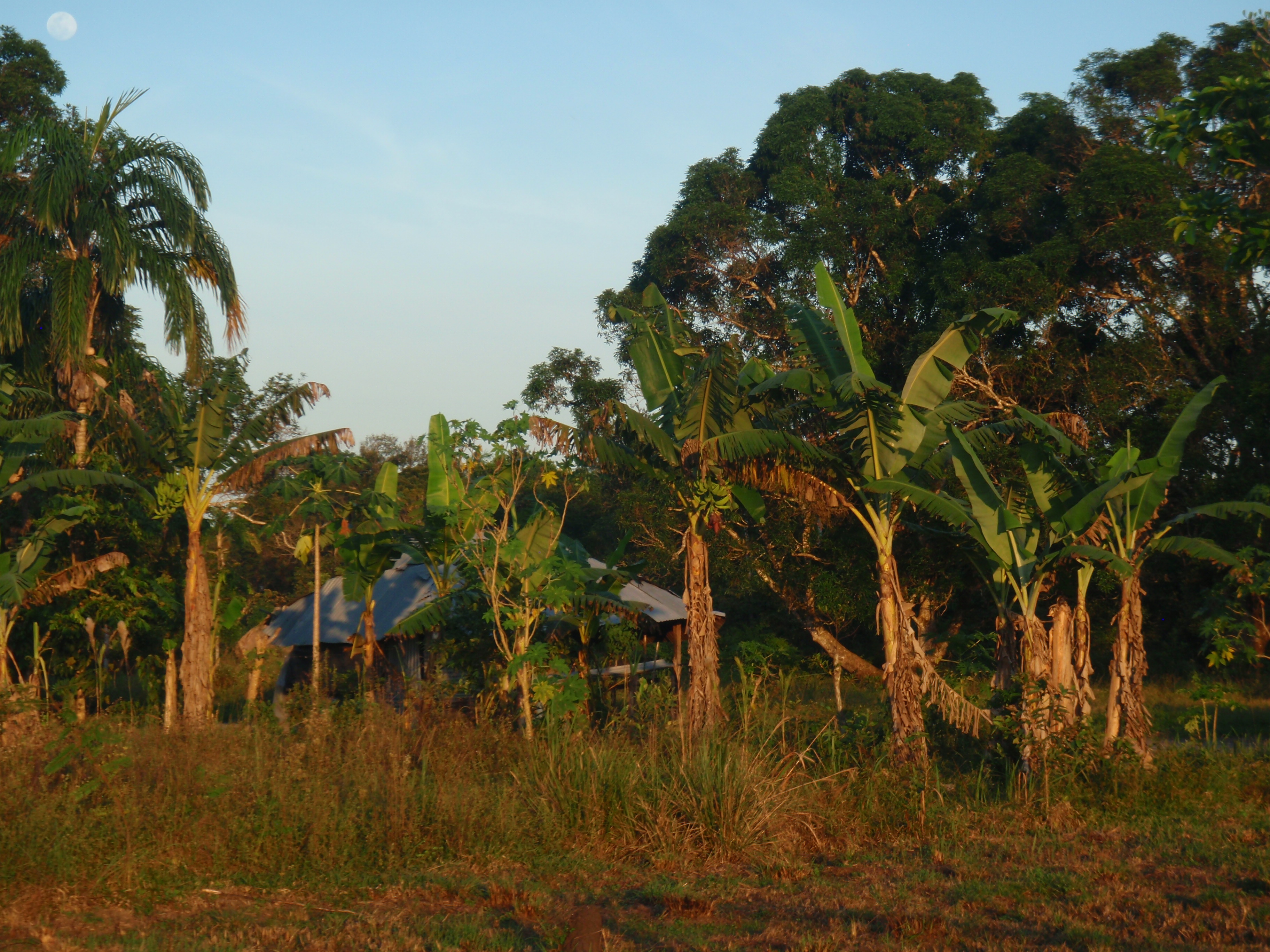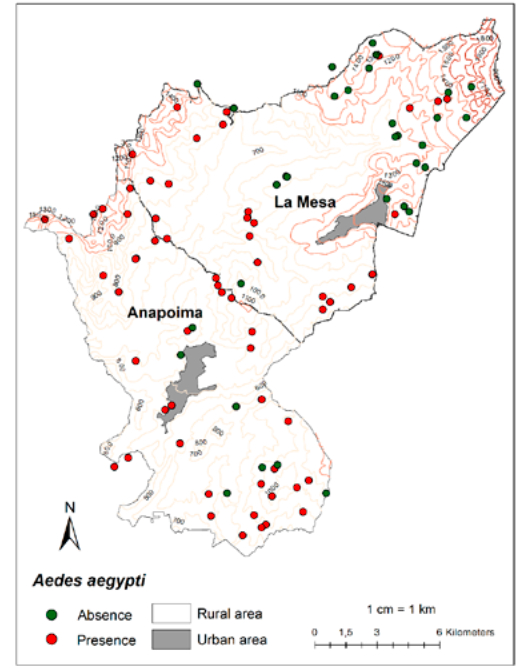
Malaria and Gold Mining in the Amazon
We are collaborating with the Department of Guanía (Colombia) to assess the spatial distribution and drivers of malaria infection in the peri-urban areas, which are mainly inhabited by Indigenous Peoples and migrant workers from mines located in the Colombian and Venezuelan Amazon. We are using remotely sensed imagery of mining activity, forest cover, and proxies of climate change, and data on the distribution of the malaria vector and infection cases, human mobility patterns, mining surveys, and mercury contamination in fish and human hair.
I am leading the mercury contamination analysis, conceptualized both as an indicator of mining activity and a potential factor influencing individual infection severity. Moreover, these analyses intersect with my research stream on globalized food systems contamination, as fish, which can bioaccumulate mercury, are key to the Amazon population’s well-being. This is particularly important in Colombia, where mercury contamination in fish is a seldom recognized issue despite the country having the highest rate of mercury emission from artisanal gold and the second-highest freshwater fish biodiversity globally.


